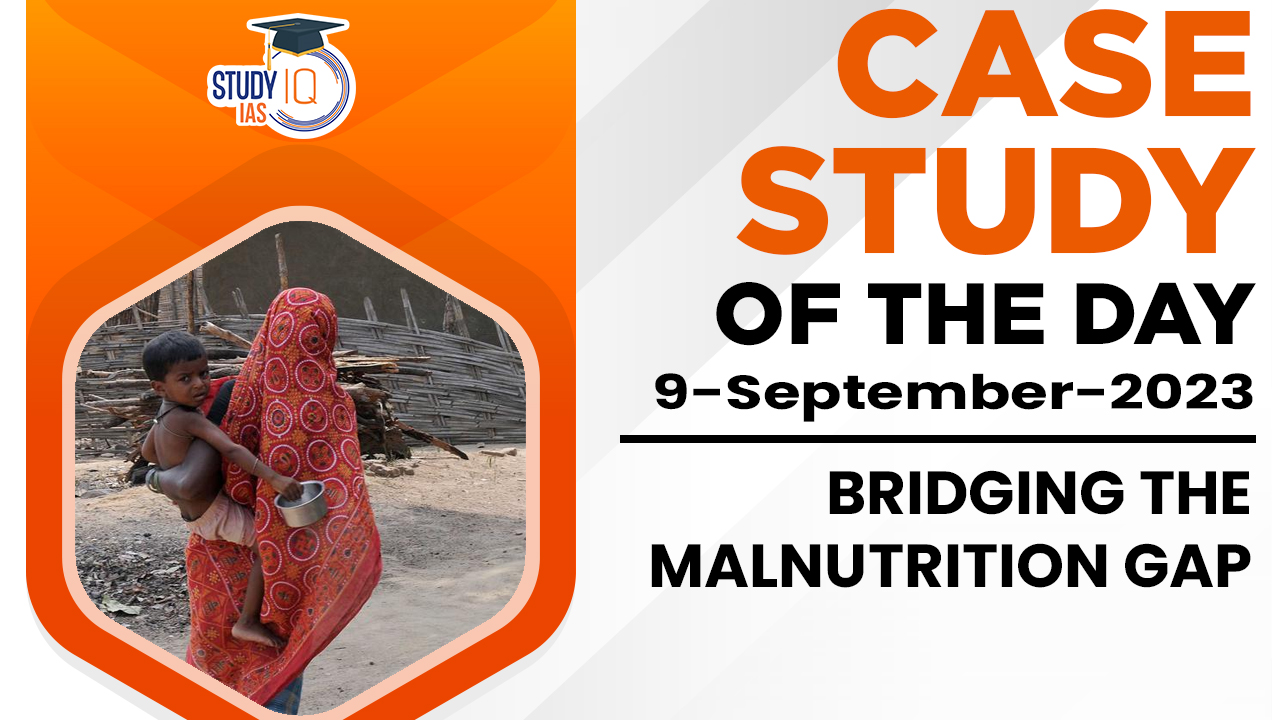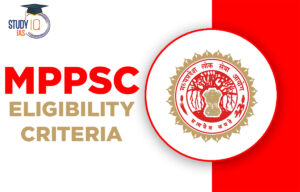Table of Contents
Bemetara is a district in Chhattisgarh, India. It is a relatively affluent district with a high agricultural output. However, in 2022, the district had a high prevalence of malnutrition, with 3,299 children suffering from Severe Acute Malnutrition (SAM).
The main reason for this high prevalence of malnutrition was the lack of proper knowledge about feeding practices among parents and caregivers. Many parents did not know what foods to feed their children, how often to feed them, or how to prepare the food in a way that would be nutritious.
Potth Laika Abhiyaan Initiative
To address this problem, the government of Chhattisgarh launched the Potth Laika Abhiyaan (Potth Laika Campaign) in Bemetara district. This campaign involved providing nutrition counselling to parents and caregivers, as well as regular monitoring of children’s nutrition status.
Impact
The Potth Laika Abhiyaan was a success. In just nine months, the number of children suffering from SAM in Bemetara district decreased by 53.77%. This was achieved through a combination of factors, including:
- Effective nutrition counselling: Trained counsellors visited homes and talked to parents and caregivers about the importance of good nutrition. They also taught them how to prepare nutritious meals for their children.
- Regular monitoring: Children’s nutrition status was monitored regularly by ASHA workers (Accredited Social Health Activists). This helped to identify children who were at risk of malnutrition and provide them with early intervention.
- Community participation: The Potth Laika Abhiyaan was a community-based initiative. Local leaders and community members were involved in the planning and implementation of the campaign. This helped to ensure that the campaign was relevant to the needs of the community and that it was sustainable.
The success of the Potth Laika Abhiyaan in Bemetara district shows that nutrition counselling can be an effective way to address malnutrition. This approach can be replicated in other districts and states to help reduce the prevalence of malnutrition in India.


 JPSC Exam Calendar 2026 Released: Check ...
JPSC Exam Calendar 2026 Released: Check ...
 MPPSC Eligibility Criteria 2026, Age Lim...
MPPSC Eligibility Criteria 2026, Age Lim...
 AIBE 20 Answer Key 2025 (Final) Released...
AIBE 20 Answer Key 2025 (Final) Released...

























